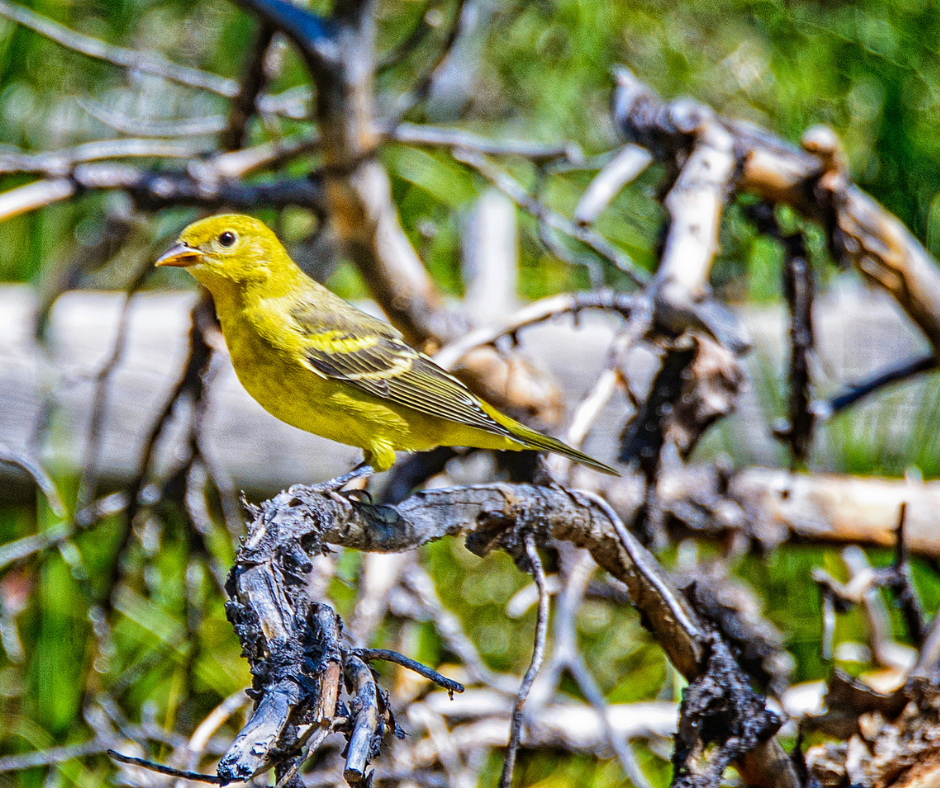The U.S. Fish and Wildlife (FWS) states there is no indication backyard bird feeding has been harmful to wild bird populations as a whole. While there has been speculation as to whether backyard bird feeding is a help or a hindrance, the service gives the following recommendations for non-migratory birds showing up in your yard this winter. There can be a higher incidence of disease and injury. By taking precautions you can minimize these problems.
- Feeders off the ground are preferred. Food that comes into contact with the ground can potentially contaminate it with mold, bacteria, fertilizer, pesticides, and diseases like salmonella.
- A feeder placed where you can refill it year-round is better. If a feeder is difficult for you to access, you will be more reluctant to keep it filled.
- Keep discarded seed shells and bird droppings cleaned up.
- Keep feeders from squirrels.
- Clean it regularly. After a salmonella outbreak last year, experts recommend daily cleaning with warm soapy water and rinsing in a solution of one part bleach to nine parts water. Keep the ground below cleaned.
- Make sure to remove any bird feeders or piles of bird food that are attracting bears. If you are feeding bears with bird feeders, you are habituating them to search the rest of your home and vehicles for food sources. Bird visitors are cute. Bear visitors…not so much.
For more information visit Migratory Bird Program | Conserving America’s Birds




